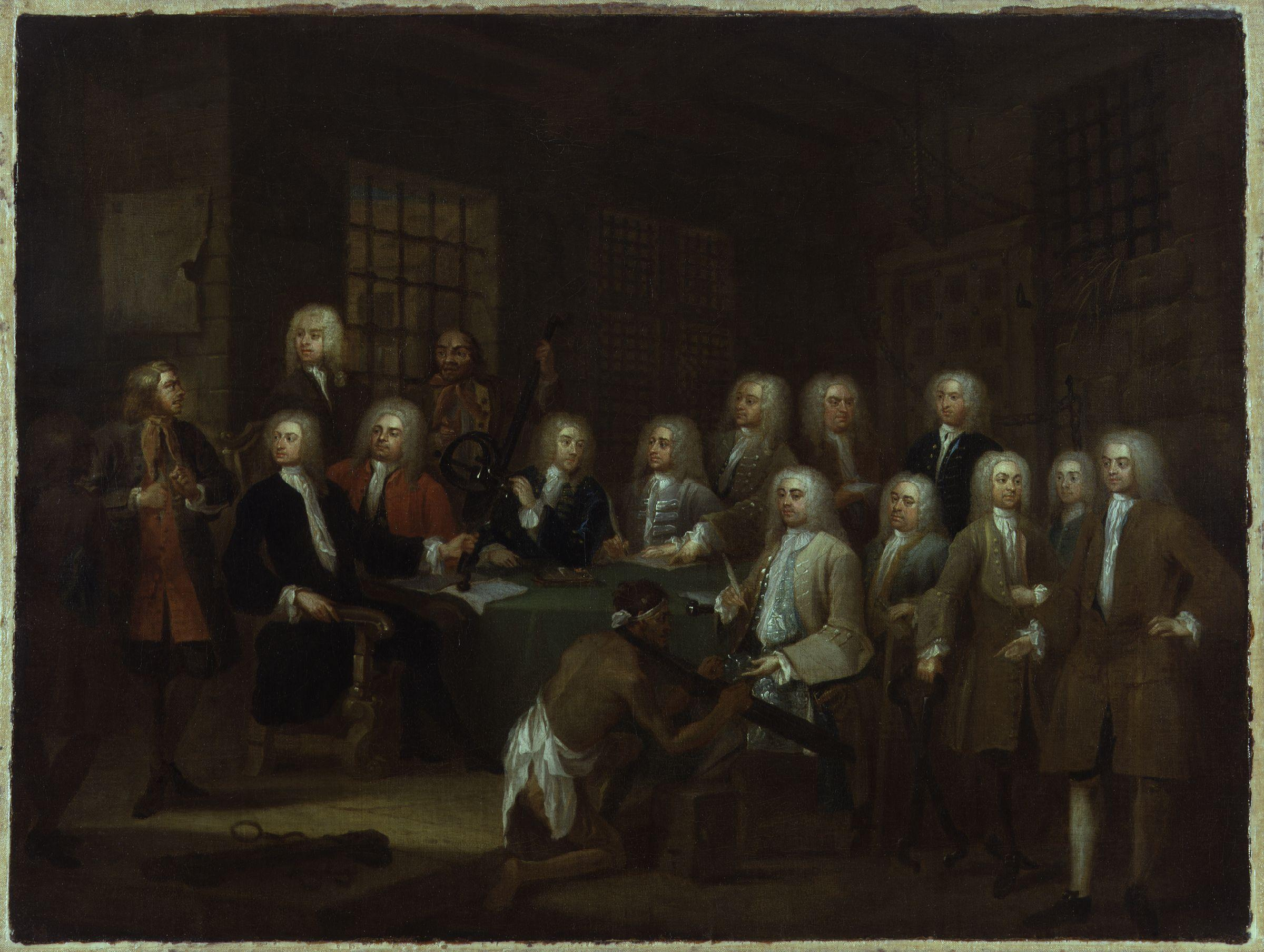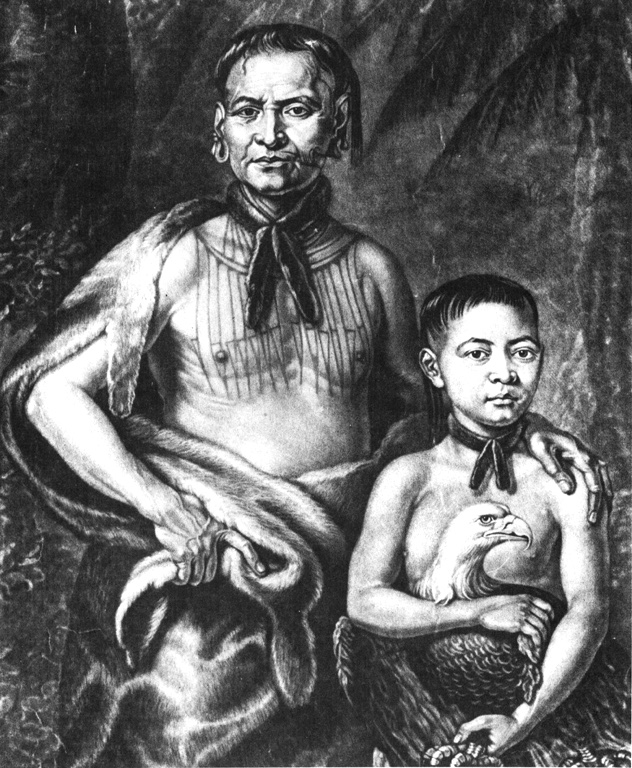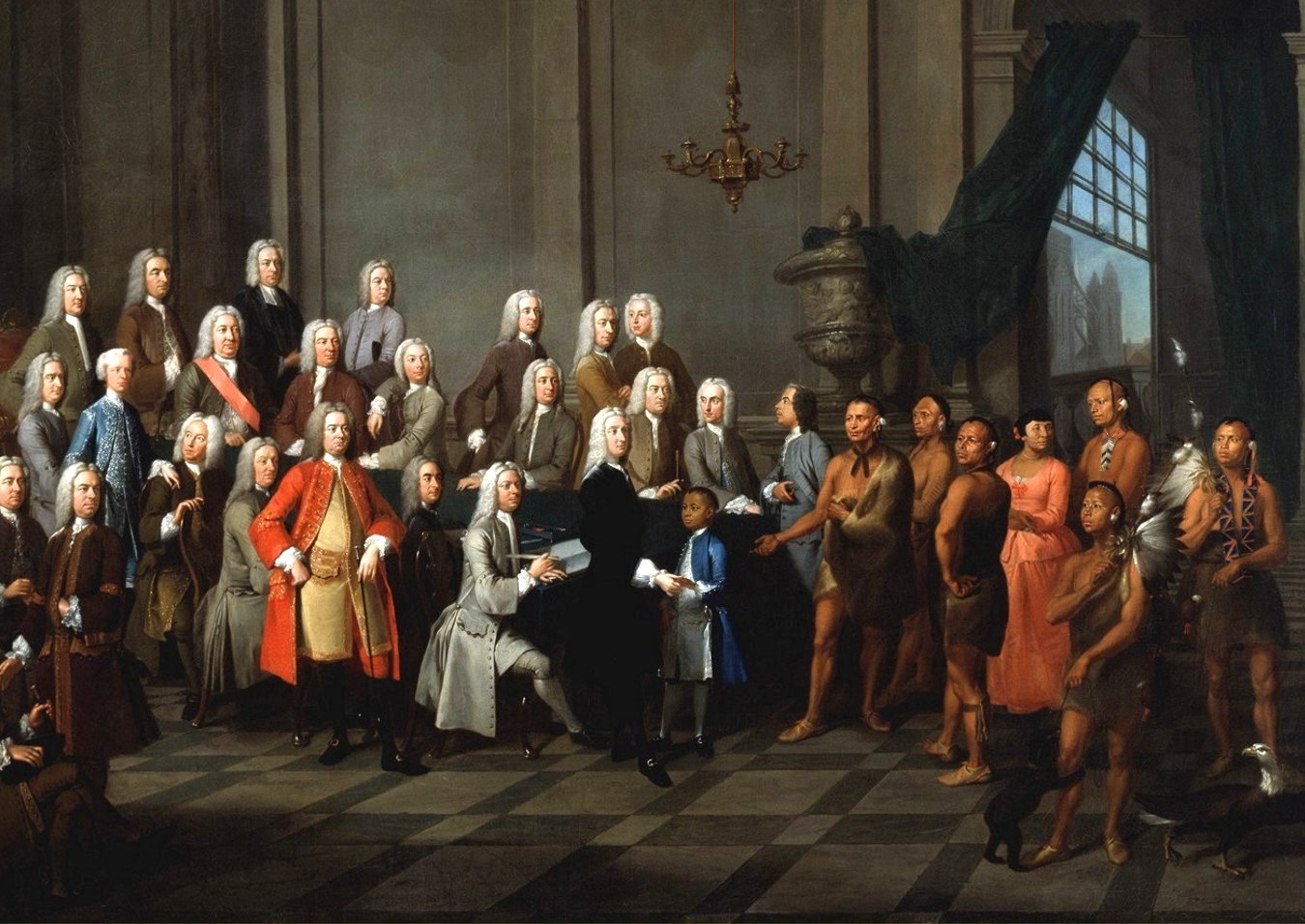|
Wormsloe
The Wormsloe Historic Site, informally known as Wormsloe Plantation, is a state historic site near Savannah, Georgia, in the southeastern United States. The site consists of protecting part of what was once the Wormsloe Plantation, a large estate established by one of Georgia's colonial founders, Noble Jones (c. 1700-1775). The site includes a picturesque oak Avenue (landscape), avenue, the ruins of Jones' fortified house built of Tabby concrete, tabby, a museum, and a demonstration area interpreting colonial daily life. In 1736, Noble Jones obtained a grant for of land on the Isle of Hope, Georgia, Isle of Hope that would form the core of Wormsloe. He constructed a fortified house on the southeastern tip of the island overlooking the Skidaway Narrows, a strategic section of the Skidaway River located along the Intracoastal Waterway roughly halfway between downtown Savannah and the Atlantic Ocean. The fortified house was part of a network of defensive structures established by ... [...More Info...] [...Related Items...] OR: [Wikipedia] [Google] [Baidu] |
Savannah, Georgia
Savannah ( ) is the oldest city in the U.S. state of Georgia and is the county seat of Chatham County. Established in 1733 on the Savannah River, the city of Savannah became the British colonial capital of the Province of Georgia and later the first state capital of Georgia. A strategic port city in the American Revolution and during the American Civil War, Savannah is today an industrial center and an important Atlantic seaport. It is Georgia's fifth-largest city, with a 2020 U.S. Census population of 147,780. The Savannah metropolitan area, Georgia's third-largest, had a 2020 population of 404,798. Each year, Savannah attracts millions of visitors to its cobblestone streets, parks, and notable historic buildings. These buildings include the birthplace of Juliette Gordon Low (founder of the Girl Scouts of the USA), the Georgia Historical Society (the oldest continually operating historical society in the South), the Telfair Academy of Arts and Sciences (one of the South's ... [...More Info...] [...Related Items...] OR: [Wikipedia] [Google] [Baidu] |
Isle Of Hope, Georgia
Isle of Hope is a census-designated place (CDP) in Chatham County, Georgia, United States. It is part of the Savannah Metropolitan Statistical Area, and at the 2020 U.S. census its population was 2,357. The island is one of the most affluent communities in the state and is well known for its historic plantations and exclusive waterfront properties. Geography Isle of Hope is located southeast of Savannah at (31.983380, -81.055686). It consists of the northern half of the physical Isle of Hope, a body of land surrounded by tidal inlets: the Moon River and Herb River to the northwest, Grimball Creek to the northeast, and the Skidaway River and Skidaway Narrows, part of the Intracoastal Waterway, to the southeast. The CDP is bordered by the Dutch Island CDP to the northeast and the Skidaway Island CDP to the southeast. The Isle of Hope CDP includes the communities of Parkersburg and Wymberley. According to the United States Census Bureau, the CDP has a total area of , of which ... [...More Info...] [...Related Items...] OR: [Wikipedia] [Google] [Baidu] |
James Oglethorpe
James Edward Oglethorpe (22 December 1696 – 30 June 1785) was a British soldier, Member of Parliament, and philanthropist, as well as the founder of the colony of Georgia in what was then British America. As a social reformer, he hoped to resettle Britain's "worthy poor" in the New World, initially focusing on those in debtors' prisons. Born to a prominent British family, Oglethorpe left college in England and a British Army commission to travel to France, where he attended a military academy before fighting under Prince Eugene of Savoy in the Austro-Turkish War. He returned to England in 1718, and was elected to the House of Commons in 1722. His early years were relatively undistinguished until 1729, when Oglethorpe was made chair of the Gaols Committee that investigated British debtors' prisons. After the report was published, to widespread attention, Oglethorpe and others began publicizing the idea of a new colony, to serve as a buffer between the Carolinas and Span ... [...More Info...] [...Related Items...] OR: [Wikipedia] [Google] [Baidu] |
Noble Jones
Noble Jones (1702 – November 2, 1775), an English-born carpenter, was one of the first settlers of the Province of Georgia and one of its leading officials. He was born in Herefordshire. As part of Gen. James Edward Oglethorpe's 42nd (old) Regiment of Foot, he commanded Georgia's Northern Company of Marines during the War of Jenkins' Ear (1739–48). He was the father of Noble Wimberly Jones, a physician, Speaker of the Georgia House of Representatives, and prominent leader of the Georgia patriots during the American Revolution. Noble Jones established the Wormsloe Plantation eight miles from Savannah in the late 1730s. Most of the plantation is now open to the public as a state historic site. See also *History of Augusta, Georgia References *Ebel, Carol S. "Jones, Noble". ''American National Biography The ''American National Biography'' (ANB) is a 24-volume biographical encyclopedia set that contains about 17,400 entries and 20 million words, first published in 1999 by ... [...More Info...] [...Related Items...] OR: [Wikipedia] [Google] [Baidu] |
Tabby Concrete
Tabby is a type of concrete made by burning oyster shells to create lime, then mixing it with water, sand, ash and broken oyster shells. Tabby was used by early Spanish settlers in present-day Florida, then by British colonists primarily in coastal South Carolina and Georgia. It is a man-made analogue of coquina, a naturally-occurring sedimentary rock derived from shells and also used for building. Revivals in the use of tabby spread northward and continued into the early 19th century. Tabby was normally protected with a coating of plaster or stucco. Origin Tabby's origin is uncertain. There is evidence that North African Moors brought a predecessor form of tabby to Spain when they invaded that kingdom: a form of tabby is used in Morocco today and some tabby structures survive in Spain, though in both instances the aggregate is granite, not oyster shells. It is likely that 16th-century Spanish explorers first brought tabby (which appears as ', ', ' and in early documents) ... [...More Info...] [...Related Items...] OR: [Wikipedia] [Google] [Baidu] |
South Carolina
)'' Animis opibusque parati'' ( for, , Latin, Prepared in mind and resources, links=no) , anthem = " Carolina";" South Carolina On My Mind" , Former = Province of South Carolina , seat = Columbia , LargestCity = Charleston , LargestMetro = Greenville (combined and metro) Columbia (urban) , BorderingStates = Georgia, North Carolina , OfficialLang = English , population_demonym = South Carolinian , Governor = , Lieutenant Governor = , Legislature = General Assembly , Upperhouse = Senate , Lowerhouse = House of Representatives , Judiciary = South Carolina Supreme Court , Senators = , Representative = 6 Republicans1 Democrat , postal_code = SC , TradAbbreviation = S.C. , area_rank = 40th , area_total_sq_mi = 32,020 , area_total_km2 = 82,932 , area_land_sq_mi = 30,109 , area_land_km2 = 77,982 , area_water_sq_mi = 1,911 , area_water_km2 = 4,949 , area_water_percent = 6 , population_rank = 23rd , population_as_of = 2022 , 2010Pop = 5282634 , populati ... [...More Info...] [...Related Items...] OR: [Wikipedia] [Google] [Baidu] |
North Carolina
North Carolina () is a state in the Southeastern region of the United States. The state is the 28th largest and 9th-most populous of the United States. It is bordered by Virginia to the north, the Atlantic Ocean to the east, Georgia and South Carolina to the south, and Tennessee to the west. In the 2020 census, the state had a population of 10,439,388. Raleigh is the state's capital and Charlotte is its largest city. The Charlotte metropolitan area, with a population of 2,595,027 in 2020, is the most-populous metropolitan area in North Carolina, the 21st-most populous in the United States, and the largest banking center in the nation after New York City. The Raleigh-Durham-Cary combined statistical area is the second-largest metropolitan area in the state and 32nd-most populous in the United States, with a population of 2,043,867 in 2020, and is home to the largest research park in the United States, Research Triangle Park. The earliest evidence of human occupation i ... [...More Info...] [...Related Items...] OR: [Wikipedia] [Google] [Baidu] |
James Moore (South Carolina Politician)
James Moore ( 1650 – 1706) was an Irish colonial administrator and military officer who served as the governor of Carolina from 1700 to 1703. He is best known for leading several invasions of Spanish Florida during Queen Anne's War, including attacks in 1704 and 1706 which wiped out most of the Spanish missions in Florida. He captured and brought back to Carolina as slaves thousands of Apalachee Indians. Early life Little is known of Moore's origins. During his life he was said to be a son of Irish military officer Sir Rory O'Moore (Nephew of Ruairí Óg Ó Mórdha), leader of the Irish Rebellion of 1641 and that he had inherited his father's rebellious nature. He first appears in provincial records in 1675 representing Margaret Berringer Yeamans, widow of Sir John Yeamans, before the provincial council. At about the same time he married her daughter by her first husband, also named Margaret. Career In 1677, 1682, and 1683, Moore served on the provincial council. He played ... [...More Info...] [...Related Items...] OR: [Wikipedia] [Google] [Baidu] |
Chatham County, Georgia
Chatham County ( ) is located in the U.S. state of Georgia, on the state's Atlantic coast. The county seat and largest city is Savannah. One of the original counties of Georgia, Chatham County was created February 5, 1777, and is named after William Pitt, 1st Earl of Chatham. The U.S. Census Bureau's official 2020 population for Chatham County was 295,291 residents. This was an increase of 11.4% from the official 2010 population of 265,128 residents. Chatham is the sixth most populous county in Georgia, and the most populous Georgia county outside the Atlanta metropolitan area. Chatham is the core county of the Savannah metropolitan area. Geography According to the U.S. Census Bureau, the county has a total area of , of which (32.6%) is covered by water. Chatham County is the northernmost of Georgia's coastal counties on the Atlantic Ocean. It is bounded on the northeast by the Savannah River, and in the southwest bounded by the Ogeechee River. The bulk of Chatham County, ... [...More Info...] [...Related Items...] OR: [Wikipedia] [Google] [Baidu] |
Tomochichi
Tomochichi (to-mo-chi-chi') (c. 1644 – October 5, 1741) was the head chief of a Yamacraw town on the site of present-day Savannah, Georgia, in the 18th century. He gave his land to James Oglethorpe to build the city of Savannah. He remains a prominent historical figure of early Georgia history. As the principal mediator between the native population and the new British settlers during the first years of settlement, he contributed much to the establishment of peaceful relations between the two groups and to the ultimate success of Georgia. Life Although much of his early life is unknown, Tomochichi was exiled from the Creek nation for unclear reasons and, along with several followers, he first settled in what is now Savannah, Georgia. Presumably, he was Creek and participated in their early activities with settlers in the colony of Carolina. In about 1730 Tomochichi created his own tribe of Yamacraw from an assortment of Creek and Yamasee Indians after the two nations disag ... [...More Info...] [...Related Items...] OR: [Wikipedia] [Google] [Baidu] |
Yamacraw
The Yamacraw were a Native American band that emerged in the early 18th century, occupying parts of what became Georgia, specifically along the bluffs near the mouth of the Savannah River where it enters the Atlantic Ocean. They were made up of Lower Creek and Yamasee, and remained independent for about 20 years before integrating again with the main part of the Lower Creek people. This area was later developed as the city of Savannah. History The Yamacraw tribe was formed in the late 1720s by leader Tomochichi from some bands of Yamasee and Lower Creek people who had disagreed with the severing of friendship with the British during the Yamasee War of 1715. By 1728 the Yamacraw had settled along the Savannah River near its mouth. This was later developed as the present-day city of Savannah. In 1733 James Oglethorpe, interested in founding a colony at the site because of its strategic location on the water, negotiated with Tomochichi and the Yamacraw agreed to move their village ... [...More Info...] [...Related Items...] OR: [Wikipedia] [Google] [Baidu] |
Muscogee
The Muscogee, also known as the Mvskoke, Muscogee Creek, and the Muscogee Creek Confederacy ( in the Muscogee language), are a group of related indigenous (Native American) peoples of the Southeastern WoodlandsTranscribed documents Sequoyah Research Center and the American Native Press Archives in the . Their original homelands are in what now comprises southern , much of , western |


%2C_Jekyll_Island%2C_GA.jpg)




